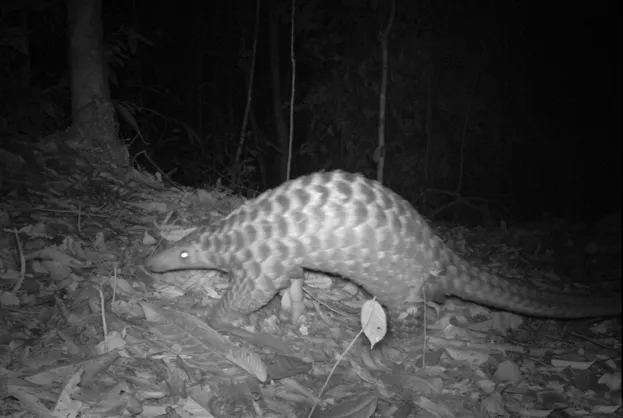The Zoological Society of London (ZSL) has announced its collaboration with Google to utilise new, innovative technology that produces quicker and more accurate data on wildlife population trends, on a global scale.
The Google Cloud Auto ML will not only eliminate the time-consuming analysis by scientists of millions of photographs captured by motion-sensitive cameras all over the world, it will also be more accurate than human number crunchers, it’s claimed.
“A key requirement to conserve animals and their habitats is to track wildlife populations to learn more about their distribution and better understand the impact humans are having on these species,” says Sophie Maxwell, conservation technology lead at ZSL.
The new technology automatically analyses the camera trap photos itself, with little or no human input, saving time and resources.
“ZSL’s dedicated Conservation Technology Unit has been collaborating closely with Google’s CloudML team to help shape the development of this exciting technology, which ZSL aims to use to automate the tagging of these images,” continues Maxwell.
ZSL told BBC Wildlife Magazine they began sharing information with Google in February 2017, to assist with the development of the AutoML platform.
1.5 million images from ZSL conservation sites across Africa, South-east Asia, Central America and the UK were shared, featuring a vast array of species.

A Sunda pangolin, caught by a camera trap © ZSL
The long-term goal is to create models that will be easily useable by conservation scientists to identify species in photos. It will be possible to download models locally at sites worldwide, making the system accessible to all of ZSL's conservation projects.
Google Cloud AutoML will also enforce anti-poaching efforts. There will be a feature that triggers an alert when a human is identified in a photo, notifying local authorities quicker.
Eventually this could be used to send alerts if rare and protected species are seen in a certain area.